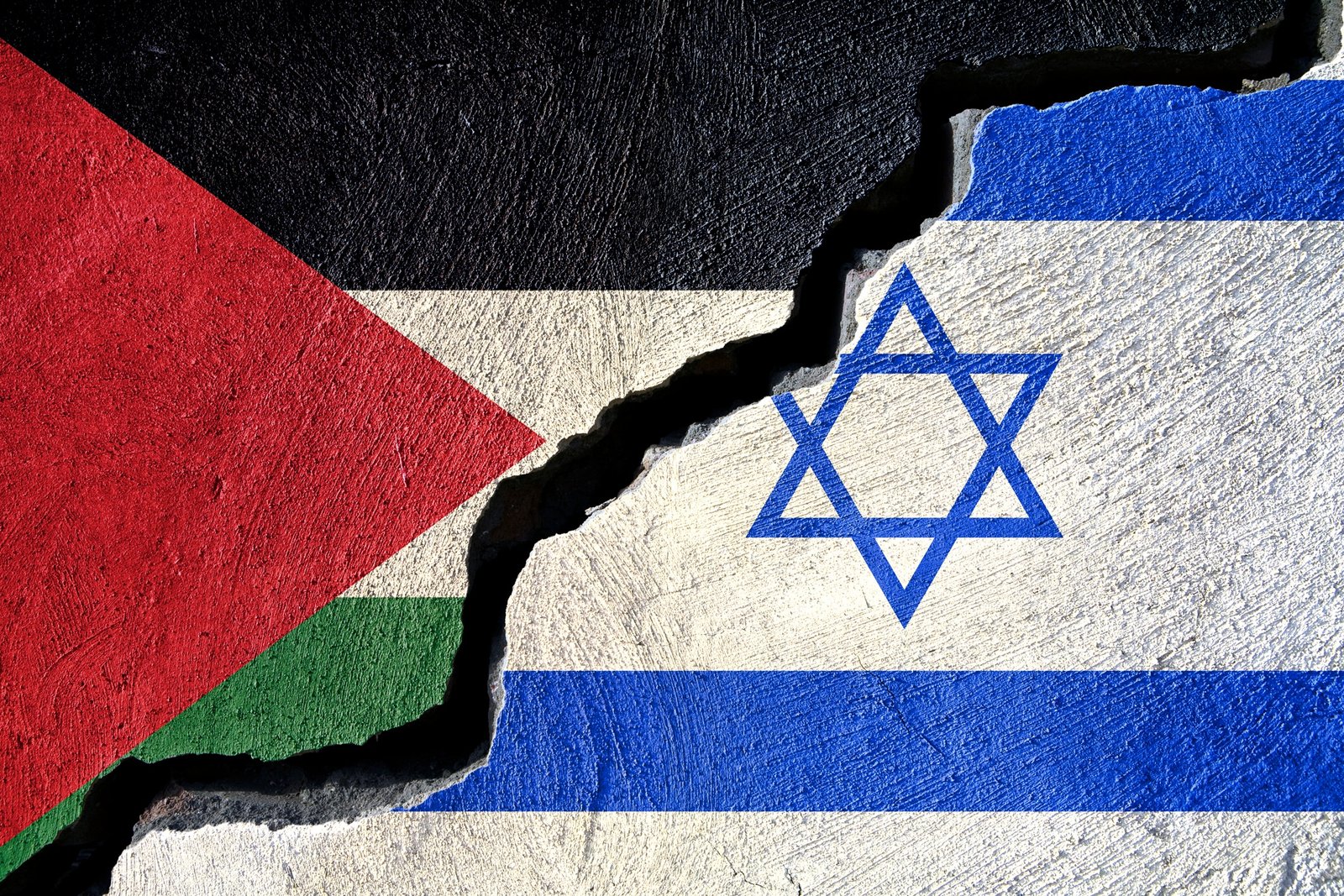The Israel-Palestine Conflict: The latest in seven decades of war and struggle between Israelis and Palestinians. Which has attracted foreign forces and destabilized the larger Middle East, is the battle between Israel and Hamas. They launched an unexpected offensive on Saturday.
What Began The Israel-Palestine Conflict, and Why?
Israeli desires for security in what it has traditionally considered as a hostile territory are pitted against Palestinian wishes for their own state in this conflict. On May 14, 1948, Israel’s founding father David Ben-Gurion declared the creation of the modern State of Israel, creating a shelter for Jews fleeing persecution and seeking a national home on a piece of territory. To which they claim strong links dating back centuries.
The birth of Israel is mourned by Palestinians as the Nakba, or disaster, which led to their eviction and prevented them from realizing their aspirations for statehood. Approximately 700,000 Palestinians, or almost half the Arab population of what was then British-ruled Palestine, were forced from their homes. During the ensuing conflict and ended up in Gaza, the West Bank. And East Jerusalem in addition to Jordan, Lebanon, and Syria.
Israel, a strong friend of the United States, disputes the claim that it forcibly removed Palestinians from their homes and notes that it was under attack from five Arab nations the day after it was founded. The combat was stopped in 1949 by armistice agreements, but there was no official peace. Arab Israelis, who make up around 20% of Israel’s population, are descendants of Palestinians who remained in Israel throughout the conflict.

What Large Scale Armies Have Fought Since then?
Israel started the Six-Day War in 1967 by attacking Egypt and Syria as a preventative measure. Since then, Israel has held the Golan Heights in Syria, the West Bank, and Arab East Jerusalem, which it took from Jordan. The Yom Kippur War was started in 1973 when Egypt and Syria assaulted Israeli positions between the Suez Canal and the Golan Heights. Within three weeks, Israel forced both armies to retreat.
Following a 10-week blockade, Israel’s 1982 invasion of Lebanon resulted in the sea-based evacuation of thousands of Yasser Arafat-led Palestinian forces. When Hezbollah terrorists kidnapped two Israeli soldiers in 2006, Israel replied by starting a war in Lebanon. Israel left Gaza, which it had taken from Egypt in 1967, in 2005. However, Gaza had significant flare-ups in 2006, 2008, 2012, 2014, and 2021 that included Israeli airstrikes. Palestinian rocket fire, and occasionally both sides crossing the border.
Two Palestinian intifadas, or uprisings, occurred between 1987 and 1993 and again from 2000 to 2005, in addition to conflicts. The second was marked by waves of suicide bombings by Hamas targeting Israelis.
What Efforts Have Been Made to Promote Peace?
After 30 years of antagonism, Egypt and Israel struck a peace agreement in 1979. Arafat and Israeli Prime Minister Yitzhak Rabin joined hands on the Oslo Accords, which set forth a limited degree of Palestinian sovereignty, in 1993. Israel and Jordan agreed to a peace agreement in 1994.
President Bill Clinton, Israeli Prime Minister Ehud Barak, and Arafat failed to strike a comprehensive peace agreement during the Camp David summit in 2000. In exchange for a complete retreat from the territories it seized in the Middle East War of 1967. The establishment of a Palestinian state, and a “just solution” for Palestinian refugees, an Arab plan promised Israel regular relations with all Arab nations in 2002.
Since 2014, when negotiations between Israelis and Palestinians in Washington ended in failure, peace efforts have halted. After the Trump administration changed decades of U.S. policy by refusing to support the two-state solution. Which calls for a Palestinian state to be founded in the land that Israel conquered in 1967, Palestinians subsequently stopped doing business with the U.S.
Where are the Current Peace Efforts?
The government of American President Joe Biden has concentrated on attempting to reach a “grand bargain” in the Middle East. That involves normalizing ties between Israel and Saudi Arabia, the country in charge of the two holiest places in Islam.
The most recent conflict is problematic from a diplomatic standpoint for Saudi Arabia as well as other Arab nations. Including the Gulf Arab nations neighboring Saudi Arabia who have peace treaties with Israel.
What are the Main Problems of the Israel-Palestine Conflict?

The main issues in contention are a two-state solution, Israeli settlements, Jerusalem’s status, and refugees.
A deal that would establish a state for the Palestinians in the West Bank and Gaza Strip alongside Israel is known as the “two-state solution.” Hamas is committed to destroying Israel and opposes the idea of a two-state solution. Israel has stated that a demilitarised Palestinian state is necessary to prevent a danger to its security.
Jewish communities established on land that Israel conquered in 1967 are generally regarded as illegal by other nations. Israel opposes this and asserts that it has historical and religious links to the region. One of the most controversial problems between Israel, the Palestinians, and the rest of the world is their continuing growth.
East Jerusalem, which indeed contains holy sites for Muslims, Jews, and Christians, is where the Palestinians want their state’s capital to be located. Jerusalem should remain Israel’s “indivisible and eternal” capital, the country claims. Internationally, there is no acceptance of Israel’s claim to the eastern portion of Jerusalem. Without defining the scope of Israel’s control in the contentious city. Trump declared Jerusalem as its capital and relocated the American embassy there in 2018.
Refugees: Approximately 5.6 million Palestinians now call Jordan, Lebanon, Syria, the West Bank that Israel occupies, and Gaza home. Most are descended from those who left in 1948. The Palestinian foreign ministry estimates that around half of all registered refugees are still stateless. Many of whom are housed in cramped camps.











Be First to Comment